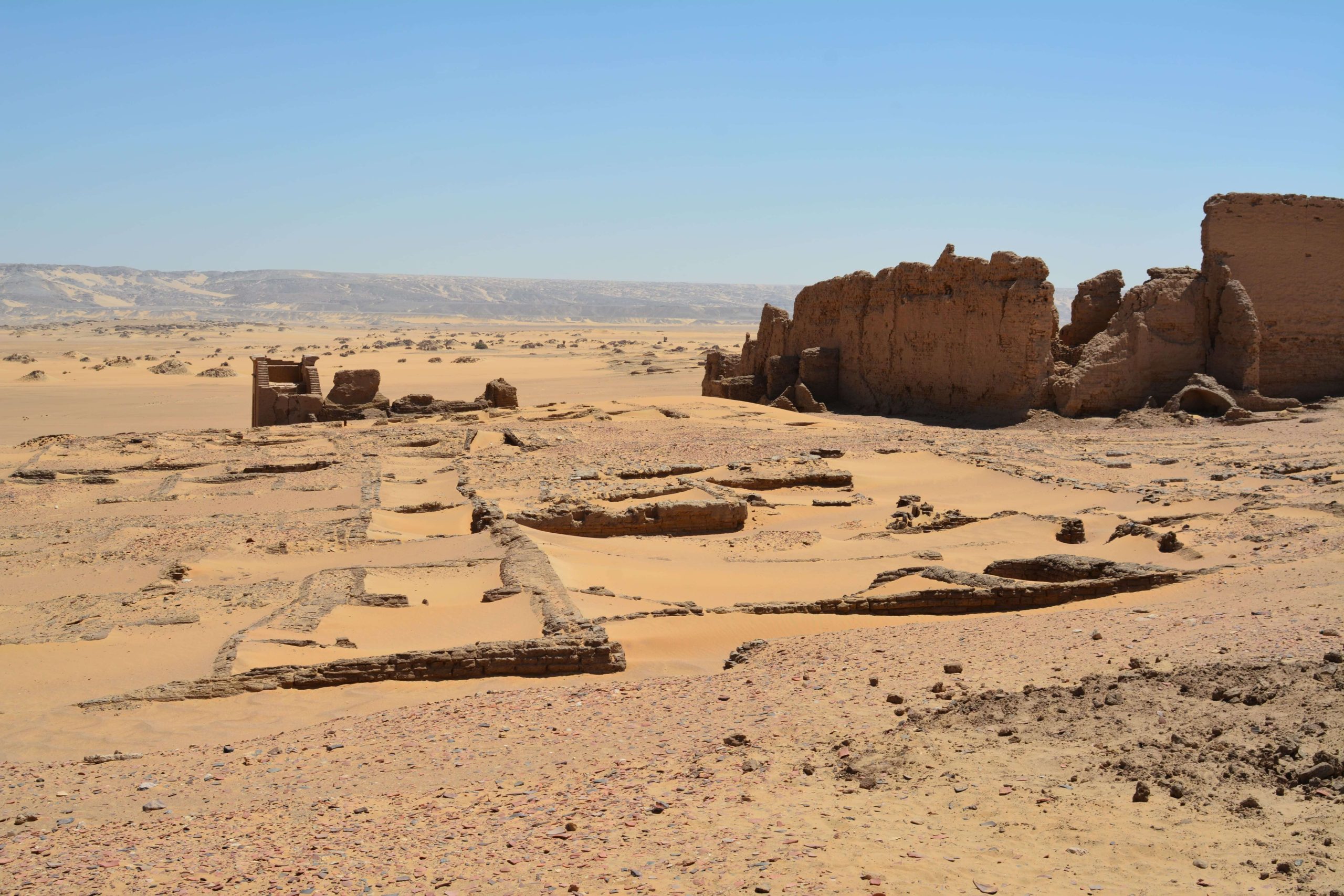Urbes clariores aliis
11.05.2023 H10:30-17:30
12.05.2023 H09:00-18:00
Entrance: via Liguria 20
11.05.2023 H10:30-17:30
12.05.2023 H09:00-18:00
Entrance: via Liguria 20
The two-day conference will be held in English and it can also be followed online.
REGISTER IN PRESENCE
Register here to attend in Rome on Thursday 11.05.2023.
Register here to attend in Rome on Friday 12.05.2023.
REGISTER ON ZOOM
Register here to follow online on 11.05.2023.
Register here to follow online on 12.05.2023.
Istituto Svizzero
Via Liguria 20, Rome
Free entry
Urbes clariores aliis
Urban Transitions in Roman Egypt from the Third to the Fourth Century CE
Ancient writers testify to the renown and significance of Egyptian cities in the Roman Empire of the Fourth Century CE: thus, in his ethnographic digression on Egypt, Ammianus Marcellinus provides a list of such «cities more renowned than others» (urbes clariores) in the Thebaid or «largest cities» (urbes maximae) in «Egypt itself», i.e. the Delta and Middle Egypt. From literary sources, whether historiography, hagiography, or else, to archaeology, coins, and documentary texts, not least papyri, the multifaceted evidence from urban sites in Egypt suggests tremendous activity and, arguably, significant change from the third to the fourth century CE. Yet despite, or perhaps owing to, the wealth and complexity of these data, Egypt too often cuts a pale figure in the discussion of cities’ role in the transition to Late Antiquity.
How did the cities of Egypt in the fourth century differ from those of the third, in relation to one another and individually? Which forces, political, cultural, or economic, did contribute most to refashion the urban landscape of Egypt? And, finally, did cities evolve along similar or different lines than other provinces in the Roman Empire? With these questions in mind, the international conference purports to demonstrate the relevance of Egyptian urbanism to the transition of the Roman world into Late Antiquity.

Organizers:
Prof. Dr. Sabine Huebner
Dr. François Gerardin
Dr. Stefania Alfarano
Institute of Ancient History University of Basel (Switzerland).
With the support of Swiss National Science Foundation.
SNSF-Project: «Urban Biographies of the Roman and Late Antique Worlds: Antinoopolis and Heracleopolis in Egypt, c. 100 – c. 650 CE»
The event may be photographed and/or video recorded for archival, educational, and related promotional purposes. By attending this event, you are giving your consent to be photographed and/or video recorded.
Programme:
THURSDAY 11.05.2023
H10:30-11:00 ― Welcome and Coffee
Panel I: The Shape of the City
Chair: Sabine Hübner
H11:00-11:30 ― Lucas Weisser-Gericke (Basilea), Honorific Epithets and Interurban Competition in Roman and Late Antique Egypt: The Case of Herakleopolis Magna
H11:30-12:00 ― Stefania Alfarano (Basel), Shaping Cities: Building Investment and Urban Development in Late Antique Egypt
H12:00-12:30 ― Aaltje Hidding (Oslo), Walking through Hermopolis: The Changing Sacred Landscape of Hermopolis in Late Antiquity (Zoom)
H12:30-14:30 ― Break
H14:30-15:00 ― Nicola Barbagli (Naples), When Amun Was Gone: The city of Thebes between Diocletian and Constantine (AD 284 – 337)
H15:00-15:30 ― Krzysztof Jakubiak (Warsaw), Pelusium, the Urban Landscape of a City on the Eastern Delta Outskirts
H15:30-16:00 ― Coffee break
H16:00-16:30 ― Nicola Aravecchia (WashU), Churches, Burials, and the Built Environment of Late Antique Egypt: Archaeological Data from Fourth-Century Dakhla Oasis
H16:30-17:00 ― General discussion
H17:00-17:30 ― Keynote lecture by Noel Lenski (Yale), Egypt’s Cities and the Supply of the Eastern Capital
FRIDAY 12.05.2023
Panel II: Economy and Society
Chair: François Gerardin
H09:00-09:30 ― Carl–Loris Raschel (Paris), Professional koina under Diocletian: Organizing Urban Population in Late Roman Egypt
H09:30-10:00 ― Irene Soto Marin (Harvard), Defining Urban Economies in Fourth Century Egypt: Continuity and Transitions
H10:00-10:30 ― Discussion
H10:30-11:00 ― Coffee break
Panel III: City and Administration
Chair: Sabine Hübner
H11:00-11:30 ― Colin Adams (Liverpool), Central and Local Government in Panopolis: The Evidence of the Chester Beatty Papyri
H11:30-12:00 ― Lucia Colella (Naples), The Metropolitan boulai in the Age of Diocletian and Constantine
H12:00-12:30 ― Matthias Stern (Munich), Shifting Balance(s): Conflict and Reform in City, Village, and Nome Administration(s) on the Eve of Late Antiquity
H12:30-14:00 ― Break
H14:00-14:30 ― Jose Luis Alonso (Zurich), Urban Notarial Institutions: The Fourth Century Disruption
H14:30-15:00 ― François Gerardin (Basel), ‘Metropolis of the Thebaid’: City Government and Imperial Administration at Antinoopolis from the Third to the Fourth Century CE
H15:00-15:30 ― Discussion
H15:30-16:00 ― Coffee break
Panel IV: Late Antique Culture and the City
Chair: Stefania Alfarano
H16:00-16:30 ― Paola Davoli (Lecce), Ruins and Landscape in Late Roman Egypt
H16:30-17:00 ― Alberto Camplani (Rome), The Network of Egyptian Bishoprics between the Third and the Fourth Centuries: Areas of Expansion, Urban Character of the Dioceses, the Relationship of the Bishops to the chora
H17:00-17:30 ― Alexander Free (Munich), Christian Hermopolis. Civic Representation of a Late Antique Town in Middle Egypt
H17:30-18:00 ― Final discussion